Table of content
White Rabbit Creamy Candy, a beloved confectionery icon originating from China, has captured the hearts and taste buds of millions worldwide with its distinctive milky flavor and chewy texture. This candy, often wrapped in edible rice paper and packaged in a signature red-and-white wrapper, has become a symbol of nostalgia and cultural exchange. However, for enthusiasts and casual consumers alike, a common question arises: How long can White Rabbit Creamy Candy be stored before it loses its quality or becomes unsafe to eat? This article delves into the science behind candy preservation, the factors influencing shelf life, and practical tips to maximize the longevity of this treasured treat.
Understanding the Composition of White Rabbit Creamy Candy
To comprehend its shelf life, one must first dissect the ingredients and production process of White Rabbit Creamy Candy. The primary components include condensed milk, sugar, glucose syrup, and butter, which contribute to its rich, creamy taste. The absence of artificial preservatives or stabilizers is notable, as the candy relies on natural ingredients and traditional manufacturing techniques for preservation.
The candy’s texture is achieved through a meticulous cooking process that involves heating the mixture to a specific temperature, creating a caramelized sugar base that solidifies upon cooling. This structure, combined with the milk fat content, creates a barrier against moisture and microbial growth—key factors in determining shelf life.
Factors Influencing Shelf Life
The longevity of White Rabbit Creamy Candy is not a fixed number but rather a product of environmental conditions, packaging, and handling. Below are the critical elements that dictate how long this candy remains edible:
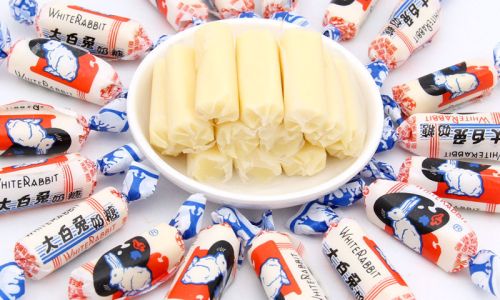
Humidity and Moisture
White Rabbit Creamy Candy is hygroscopic, meaning it readily absorbs moisture from the air. Exposure to high humidity can cause the candy to soften, become sticky, or even melt. In extreme cases, excess moisture may promote the growth of mold or bacteria, rendering the candy unsafe for consumption.
Temperature
Heat accelerates chemical reactions, including oxidation and sugar crystallization, which can alter the candy’s texture and flavor. Prolonged exposure to elevated temperatures (above 77°F or 25°C) may cause the candy to lose its shape, develop a grainy texture, or emit a rancid odor due to fat breakdown.
Light Exposure
Light, particularly ultraviolet (UV) radiation, can degrade the candy’s color and flavor compounds over time. While White Rabbit Creamy Candy’s opaque packaging offers some protection, prolonged exposure to direct sunlight or artificial light should still be avoided.
Packaging Integrity
The original packaging of White Rabbit Creamy Candy consists of a waxed paper wrapper enclosed in a foil or plastic outer layer. This design serves a dual purpose: preventing moisture ingress and shielding the candy from light and oxygen. Once the packaging is compromised—whether through tears, punctures, or improper resealing—the candy’s shelf life diminishes rapidly.
Presence of Contaminants
Even minor exposure to dirt, dust, or microorganisms can introduce spoilage agents. Handling the candy with unwashed hands or storing it in unclean containers increases the risk of contamination.
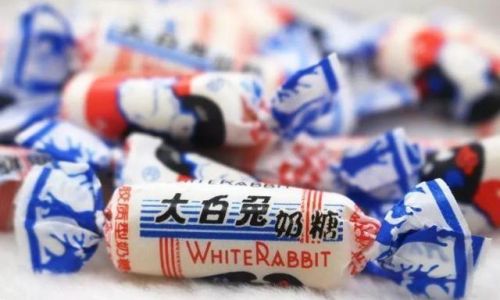
Ideal Storage Conditions
To extend the shelf life of White Rabbit Creamy Candy, adhere to the following guidelines:
Temperature Control
Store the candy in a cool, dry place with a consistent temperature between 59°F (15°C) and 77°F (25°C). Avoid areas prone to temperature fluctuations, such as near ovens, refrigerators, or windows.
Humidity Management
Maintain relative humidity below 60%. If you live in a humid climate, consider using airtight containers or silica gel packets to absorb excess moisture.
Light Protection
Keep the candy in its original packaging or transfer it to an opaque container to shield it from light. Avoid transparent jars or display cases unless stored in a dark pantry.
Airtight Containers
Once opened, reseal the candy in an airtight container to minimize oxygen exposure, which can lead to oxidation and flavor deterioration.
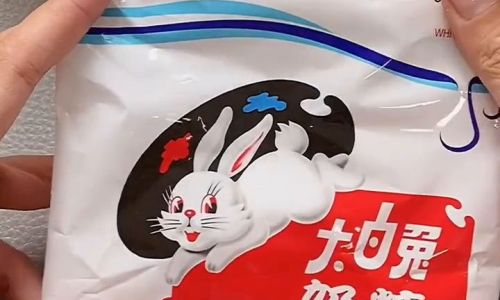
Avoid Cross-Contamination
Always handle the candy with clean hands or utensils. Do not mix old and new batches, as this can transfer moisture or microbes.
How Long Does White Rabbit Creamy Candy Last?
Under optimal storage conditions, unopened White Rabbit Creamy Candy can retain its quality for 12 to 18 months. However, several variables can shorten or extend this period:
- Best By Date: The manufacturer’s “best by” date provides a general guideline, but it is not an expiration deadline. The candy may still be safe to eat beyond this date if stored properly.
- Opened Packaging: Once opened, the candy’s shelf life reduces to 1 to 3 months, depending on storage practices.
- Refrigeration/Freezing: While not typically necessary, refrigerating or freezing the candy can extend its life by 6 to 12 months, though this may alter its texture (see below).
Signs of Spoilage
Discerning whether White Rabbit Creamy Candy has gone bad requires a visual, olfactory, and tactile inspection:
- Texture Changes: The candy may become excessively hard, brittle, or sticky. Melting and resolidification can create a grainy or lumpy consistency.
- Off-Odors: A sour, rancid, or fermented smell indicates spoilage, often due to fat oxidation or microbial activity.
- Discoloration: Fading, darkening, or the appearance of white spots (mold) are red flags.
- Taste: If the candy tastes bitter, sour, or otherwise “off,” discard it immediately.
Can You Freeze White Rabbit Creamy Candy?
Freezing is a viable method to prolong shelf life, but it comes with trade-offs. Place the candy in an airtight freezer bag or container to prevent freezer burn. Thaw it in the refrigerator before consuming to minimize condensation. However, freezing may cause the candy to become slightly drier or more brittle due to ice crystal formation.
Extending Shelf Life: Creative Solutions
For those who stockpile White Rabbit Creamy Candy or wish to preserve it for sentimental reasons, consider these strategies:
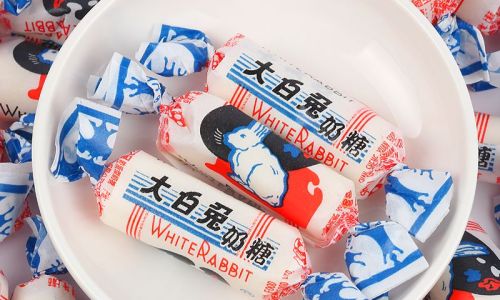
- Vacuum Sealing: Remove oxygen from the packaging to slow oxidation.
- Desiccant Packets: Add food-safe silica gel to absorb residual moisture.
- Repurposing: If the candy’s texture deteriorates, melt it down to create new treats like caramel sauce or candy bars.
Comparison With Other Candies
White Rabbit Creamy Candy’s shelf life aligns with other milk-based confections but differs from hard candies or chocolates:
- Hard Candies: Last 1–2 years due to low moisture content.
- Chocolate: Prone to fat bloom and flavor degradation within 6–12 months.
- Gummy Candies: Spoil faster (3–6 months) due to higher humidity sensitivity.
Cultural Significance and Preservation
White Rabbit Creamy Candy’s role extends beyond mere consumption—it is a cultural artifact. During the 1970s and 1980s, it symbolized China’s diplomatic outreach, often gifted to foreign dignitaries. Today, it remains a popular souvenir and a staple of Lunar New Year celebrations. Proper preservation ensures that these candies can be enjoyed as time capsules, retaining their historical and sentimental value.
Conclusion
White Rabbit Creamy Candy, with its milky sweetness and chewy allure, deserves a place of honor in your pantry—provided it is stored correctly. By controlling humidity, temperature, and light exposure, you can savor this iconic treat for up to 18 months. While the candy’s delicate composition makes it susceptible to environmental factors, mindful storage practices and vigilant spoilage checks empower you to enjoy every creamy bite. Whether you’re relishing a nostalgic snack or safeguarding a cultural relic, the key lies in balancing science and sentiment. So, unwrap a White Rabbit, savor its legacy, and rest assured that with care, its flavor will endure.
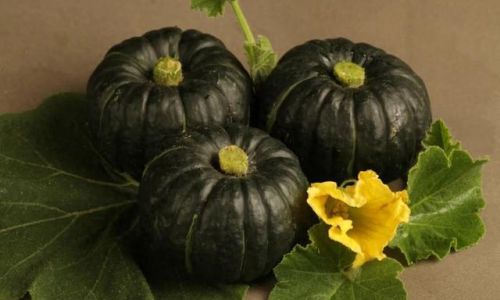
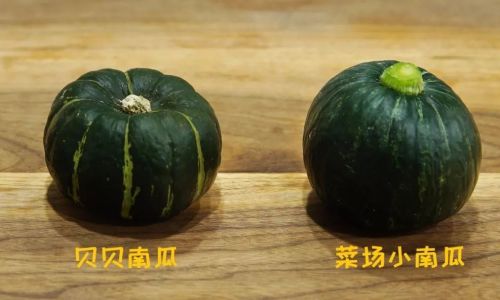


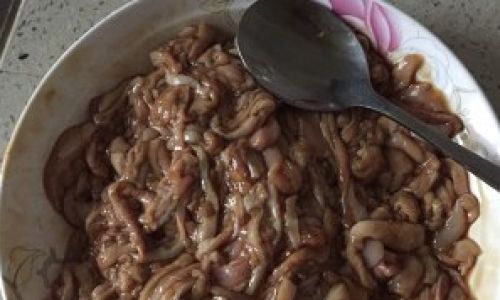
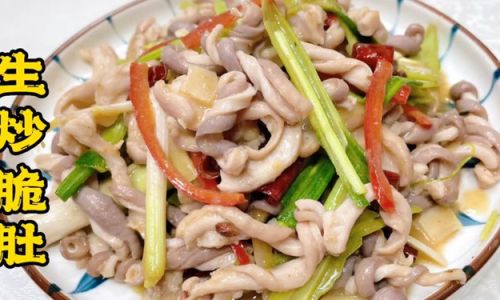
0 comments